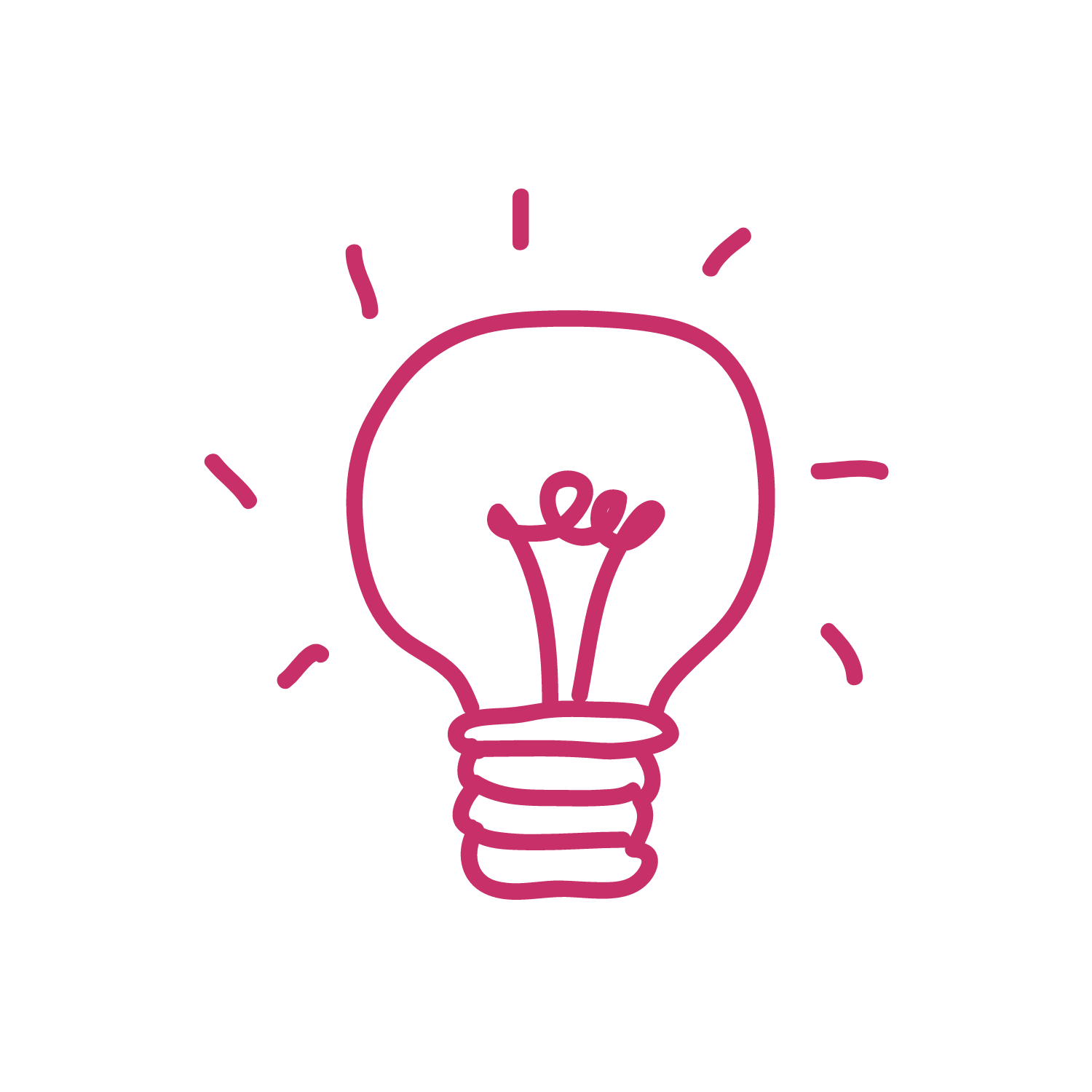Don’t let your team and projects fall into a rut. You need fresh ideas to improve your processes and launch new initiatives. However, brainstorming can sometimes be chaotic, with irrelevant or distracting ideas taking over the discussion. That’s why you need to know other idea generating techniques to spark your creativity.
In this article, we will suggest the 8 following idea generation methods:
Right now, let’s find out with us!

What Are Idea Generating Techniques?
Idea generating techniques are academic methods that encourage collaborative development and the creation of ideas. These techniques are especially effective in making your idea presentation visual and exploring new solutions.
Basically, you can use idea generation techniques in any problem, from studying to working. Nevertheless, it’s important to pick up a proper method. It is simply because this can help you easily make your ideas and thoughts well-structured.
8 Leading Idea Generating Techniques To Boost Performance
#1. Mind mapping
The first review of our idea generating techniques today is mind mapping. It is a simple way to sketch your ideas and structure complex information, as well as concepts.

You can start with the product name in the center and then branch out into the main aspects of your launch. Each branch can have sub-branches with more details and relevant illustrations like images, symbols, or icons. Normally, you can create 3-4 mind mapping layouts to optimize your idea and thought presentation.
#2. Brainwriting
Another idea generating techniques for writing is brainwriting. It requires team members to note anything down on paper and start their paper with others to receive more ideas to expand their ideas.

From our experts, brainwriting is one of the most common solutions to tackle complicated issues for large groups, especially in enterprises. To enhance flexibility for your projects, let’s take the support of online brainwriting makers.
#3. SCAMPER
Being one of the most unique idea generating techniques, SCAMPER impresses users with how to create a design with 7 concerns:
- Substitute
- Combine
- Adapt
- Modify
- Put to another use
- Eliminate
- Reverse

It means that you need to draw your ideas by answering topic-relating questions. For example, with “substitute,” it’s required to answer, “What is another solution to replace this option to tackle your problem?”. In this case, you should answer from 1 to 3 options to make your presentation varied. Similarly, you need to answer other questions to optimize your ideas.
#4. Starbursting

With a unique name, starbursting attracts users with a special model. It includes a central idea, together with a six-point star around it. With each point, you need to answer the following questions:
- Who
- When
- What
- Where
- Why
- How
From that, you can draw other sub-branches to make your thought presentation clearer. This method allows you to adopt large group brainstorms and vet ideas thoroughly.
#5. Synectics
Among hundreds of idea generation techniques for new product development, synectics encourages unrelated problem analogies to enhance your new ideas. This is especially effective in removing misunderstandings from your customers towards the products. If so, how do synectics run?
Let’s start putting this idea into action and generate customer surveys to collect their opinions. After that, it’s recommended to modify your solutions properly, depending on the collected results. And, of course, this method can or can not require you to draw a model.
#6. Role-storming
The next option in our idea generating techniques is role-storming. It’s brainstorming with a twist. You and your team play different roles related to your goal. You could be a client, a manager, a competitor, or anyone else with a stake in the outcome.

Using role-playing, you can see your problem from different concerns, which is ideal for generating fresh ideas and finding proper solutions. Sometimes, we think that it is fun and amazing to try.
#7. Storyboarding

A storyboard can help you visualize your ideas and turn them into a compelling story. If so, what should you do to start? Let’s follow our simple instructions below:
- Collect images, quotes, and other visual elements to illustrate your ideas
- Arrange these collected ideas to explain the strong connection between your main idea and other sub-branches.
- Draw ideas to seek and build your storyboard to improve your imagination.
#8. Group Sketching
The final suggestion in our idea generate techniques today is group sketching.

To begin with, you need to have a theme and then pass the paper around. Each person adds a sketch that relates to the theme or another sketch. When everyone has drawn something, you look at the paper and see plenty of ideas. And, of course, you can talk about what you see and how they connect to each other. As a result, you can find new possibilities and insights.
FAQs
What are the four idea generation phases?
With this question, we will mention the 4 most important idea generating stages, including:
Preparation
Inspiration
Incubation
Verification
What are 3 techniques used to generate ideas?
If we had a chance to mention 3 methods to generate ideas, we would talk about the following solutions:
Brainstorming
SCAMPER
Mind mapping
Random Word Technique
What is the most popular ideation technique?
From our experiences, the most common ideation technique is brainstorming. It is also considered one of the first solutions to develop and present your ideas visually. To get the finest results with brainstorming, you can work it with 5-7 people.
What are the five ways to generate ideas?
Below are the 5 common methods to create ideas, including: mind mapping, brainwriting, brainstorming, cross-pollination, thinking metaphorically, and observing.
Conclusion
Brainstormingidea.com has just reviewed the best idea generating techniques. Indeed, there is no significant difference among these methods. Thus, it’s recommended to customize to transfer from one technique to another option. We hope you will have the best experience with idea-generation techniques.

